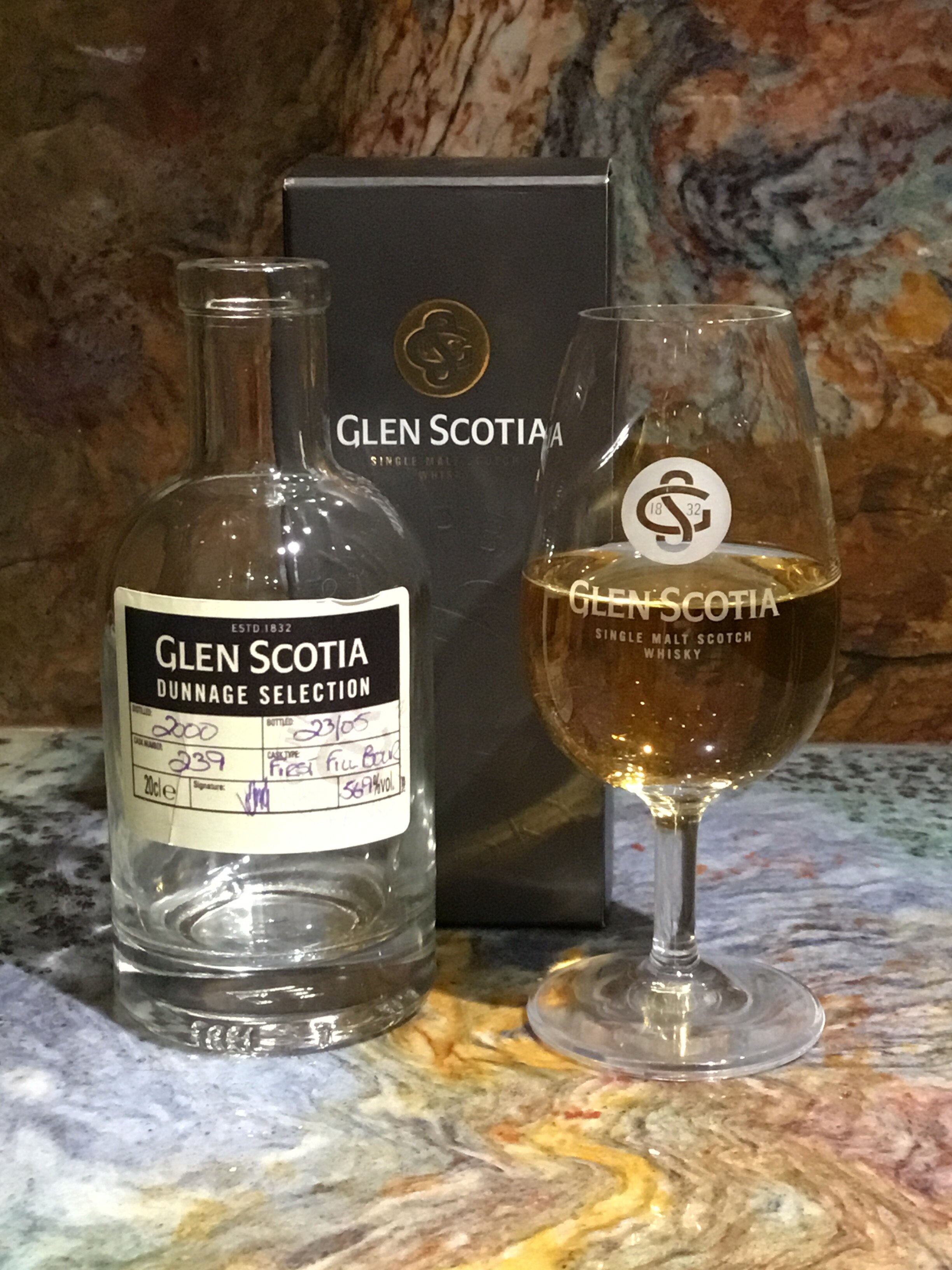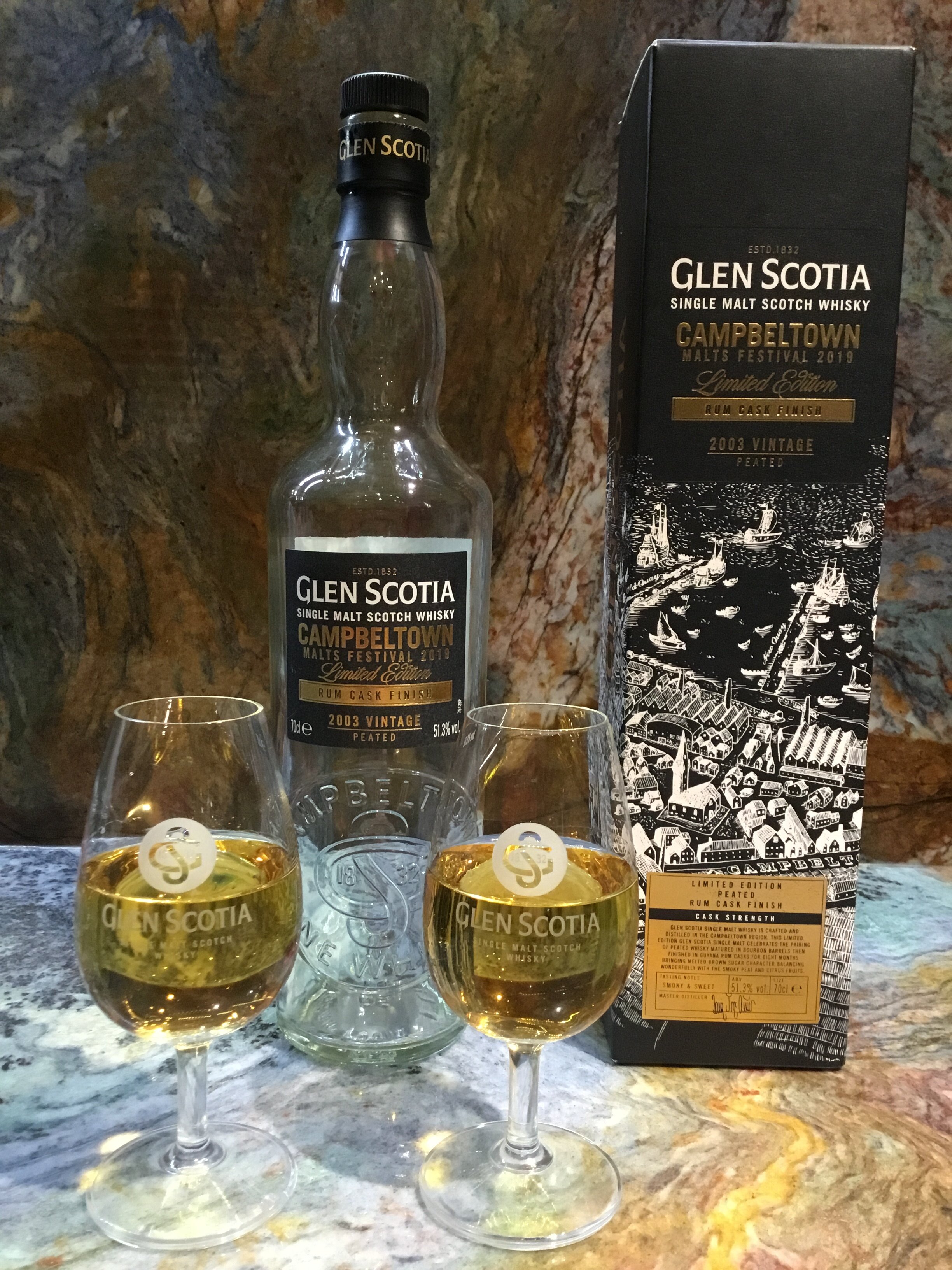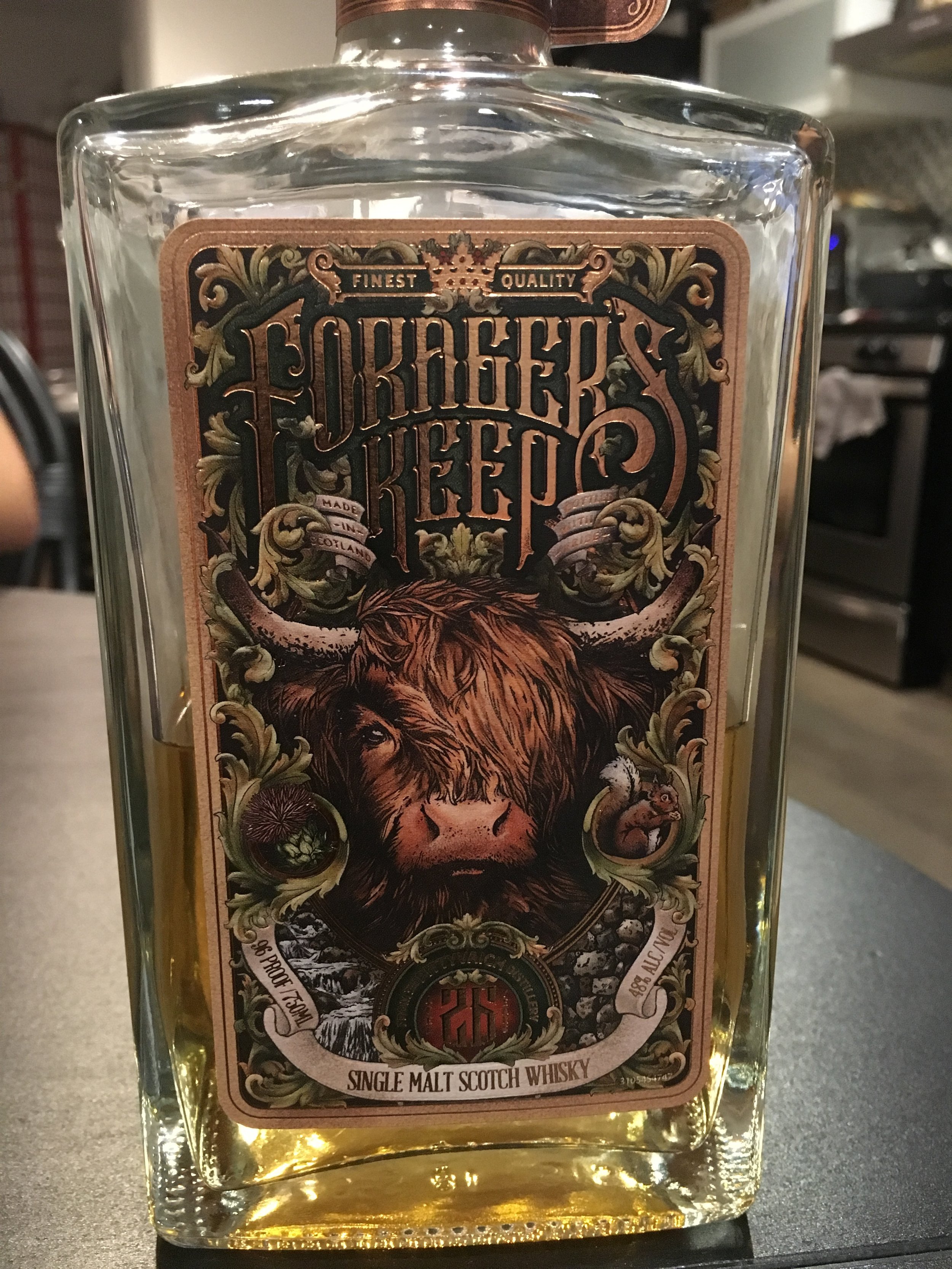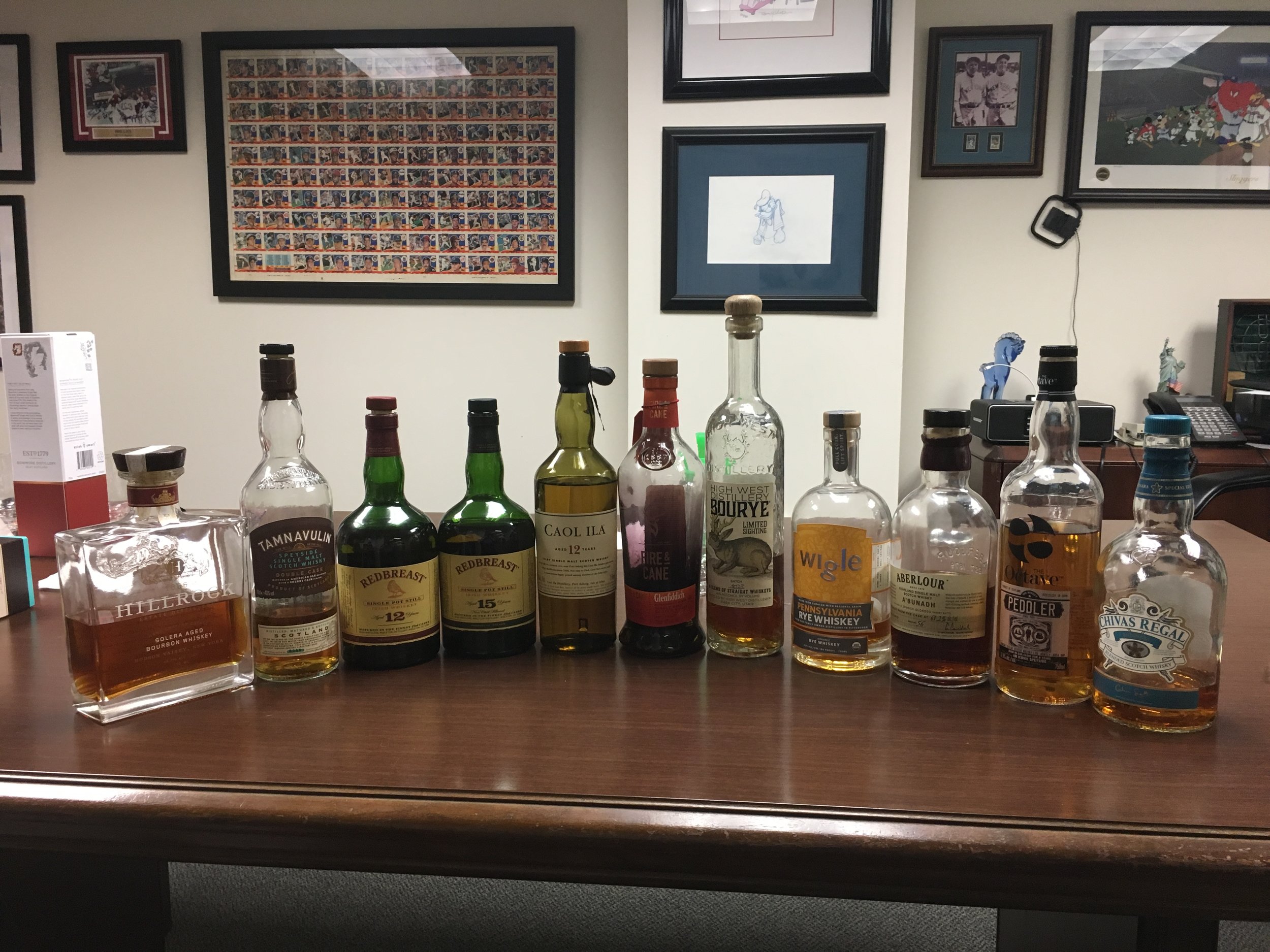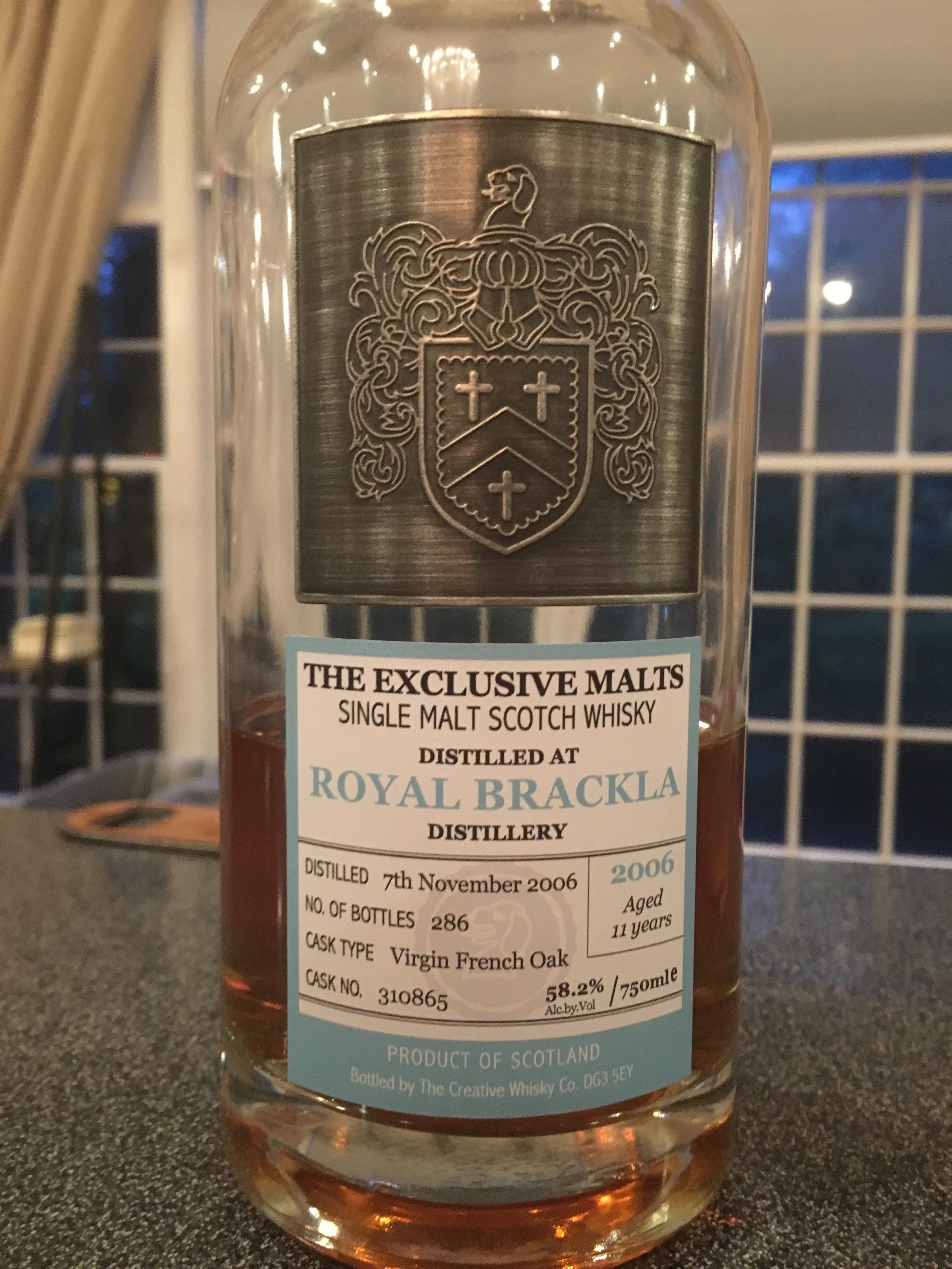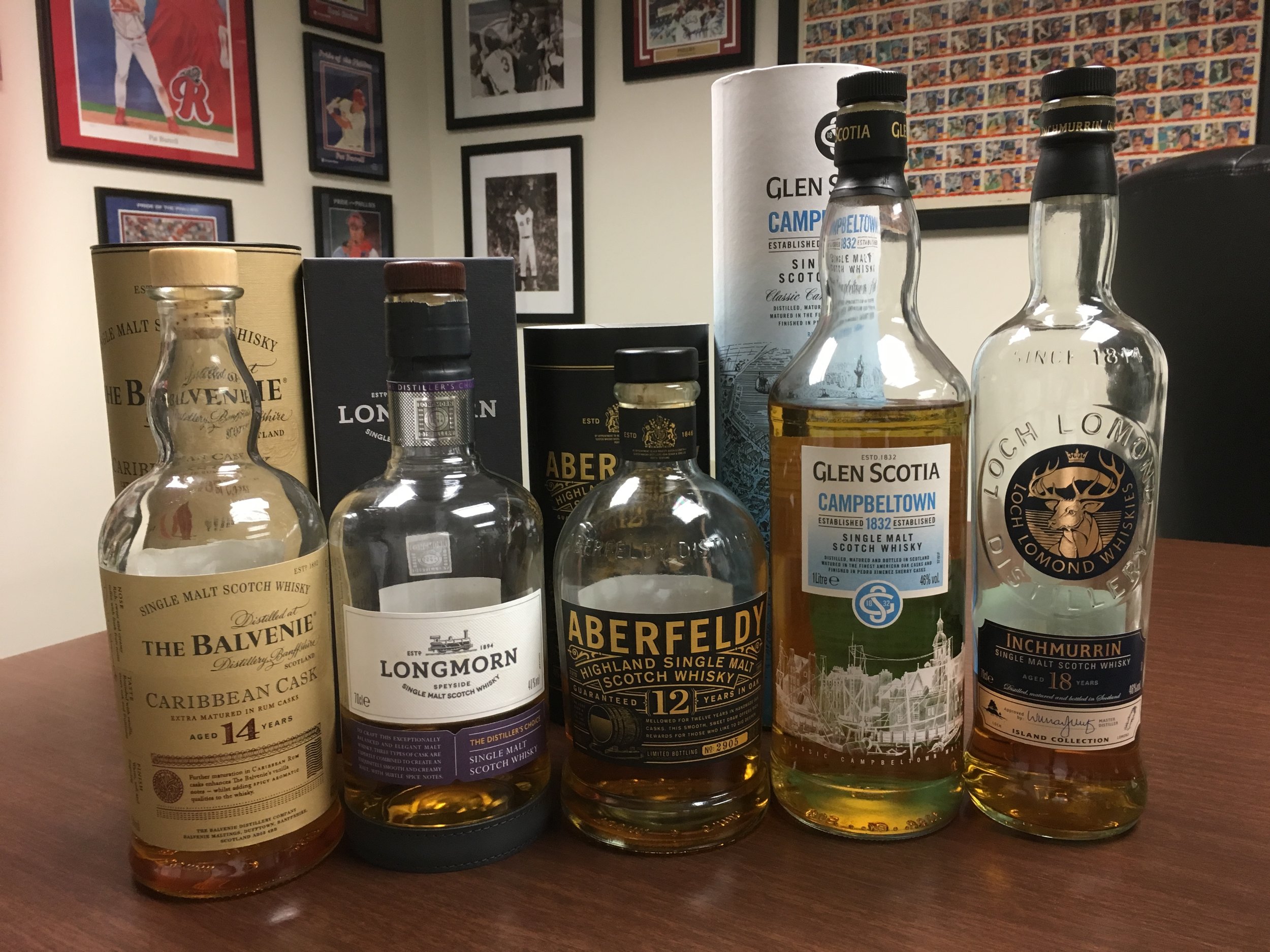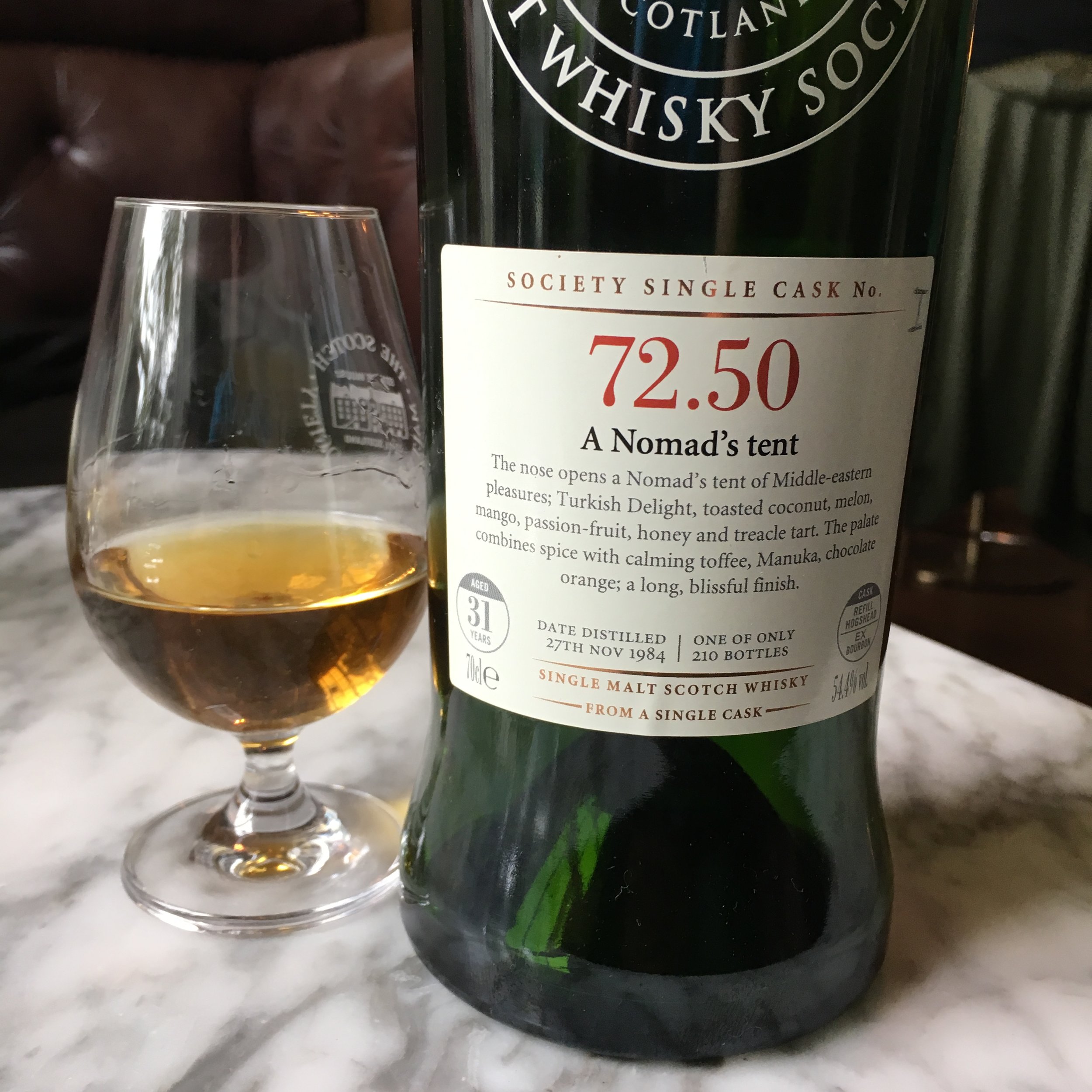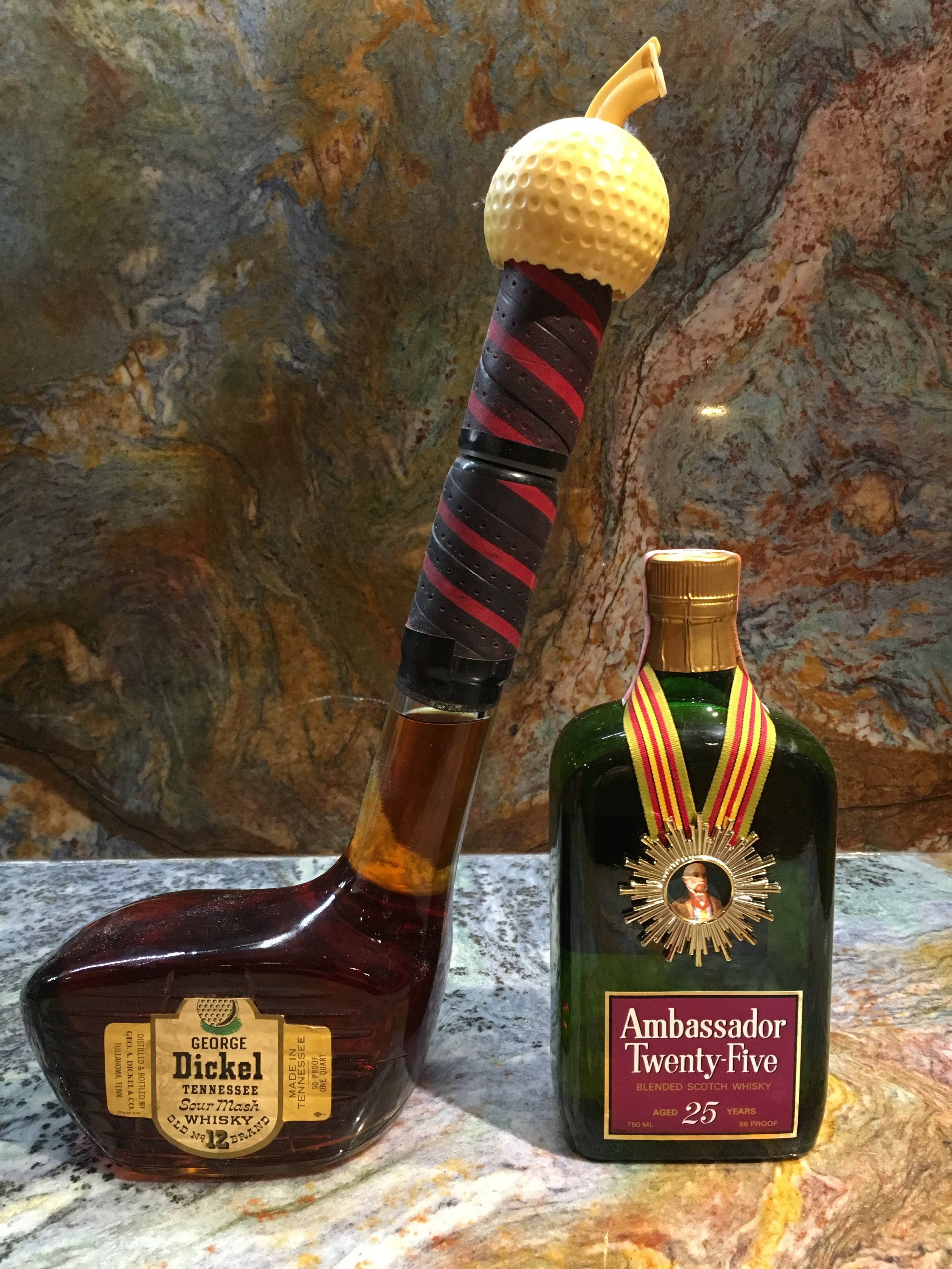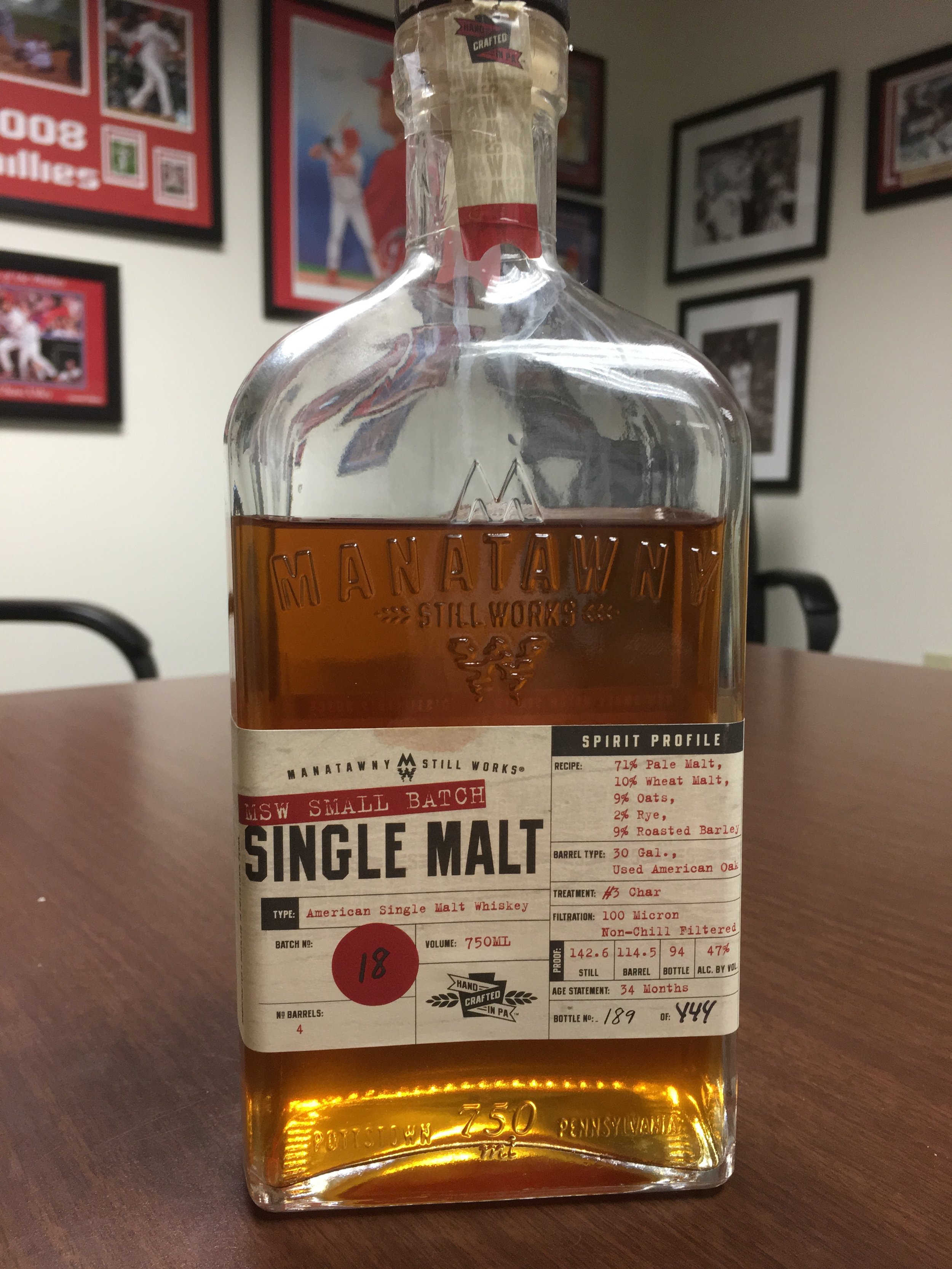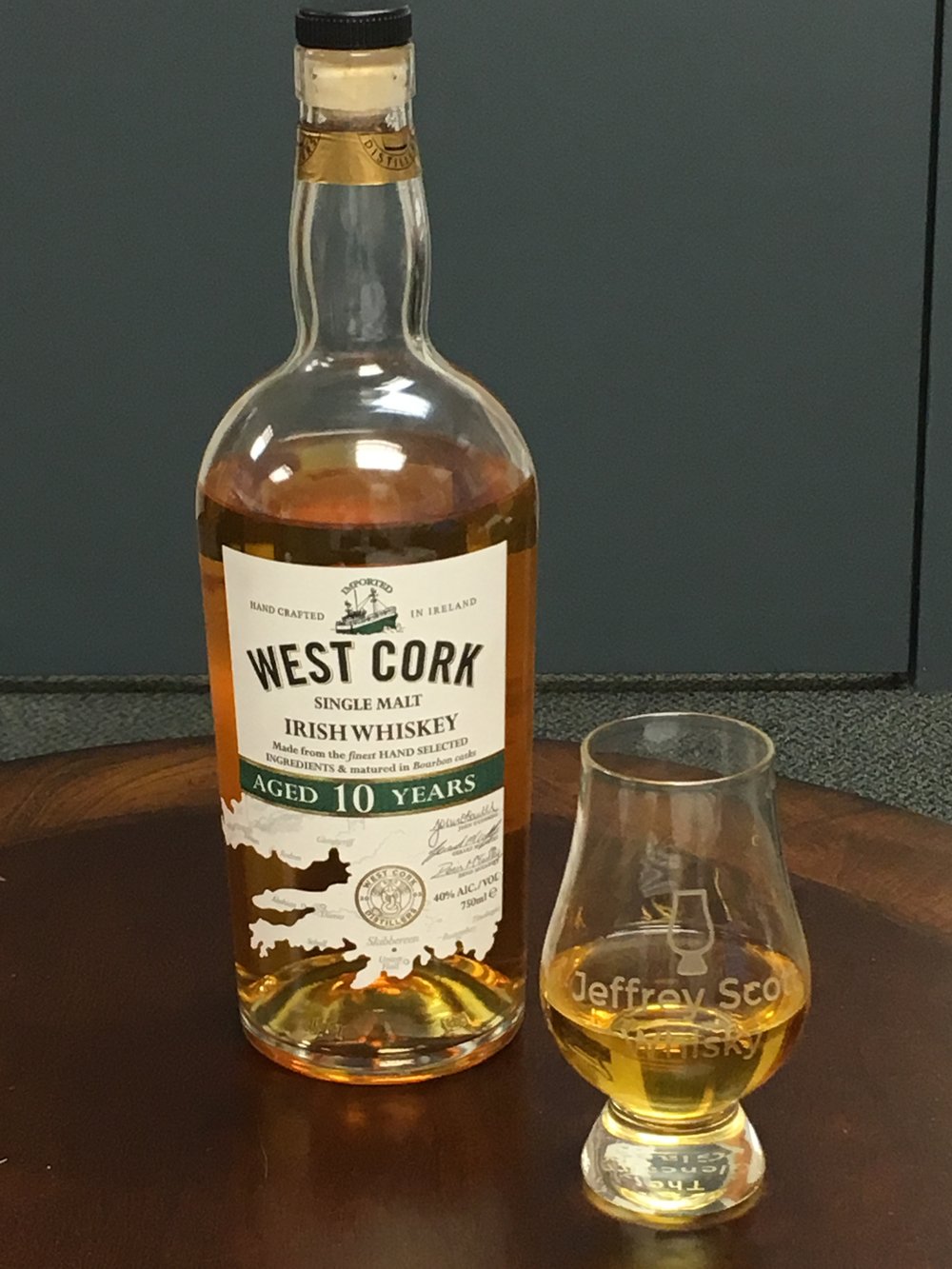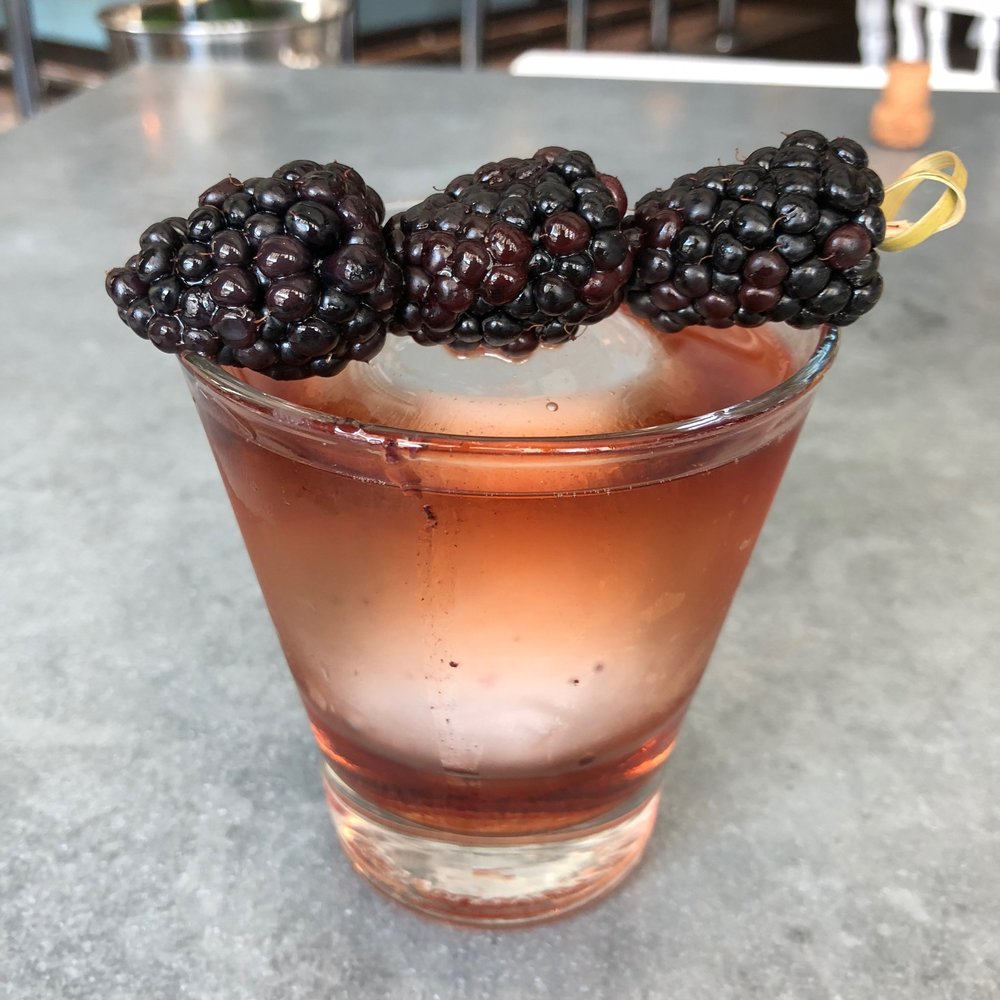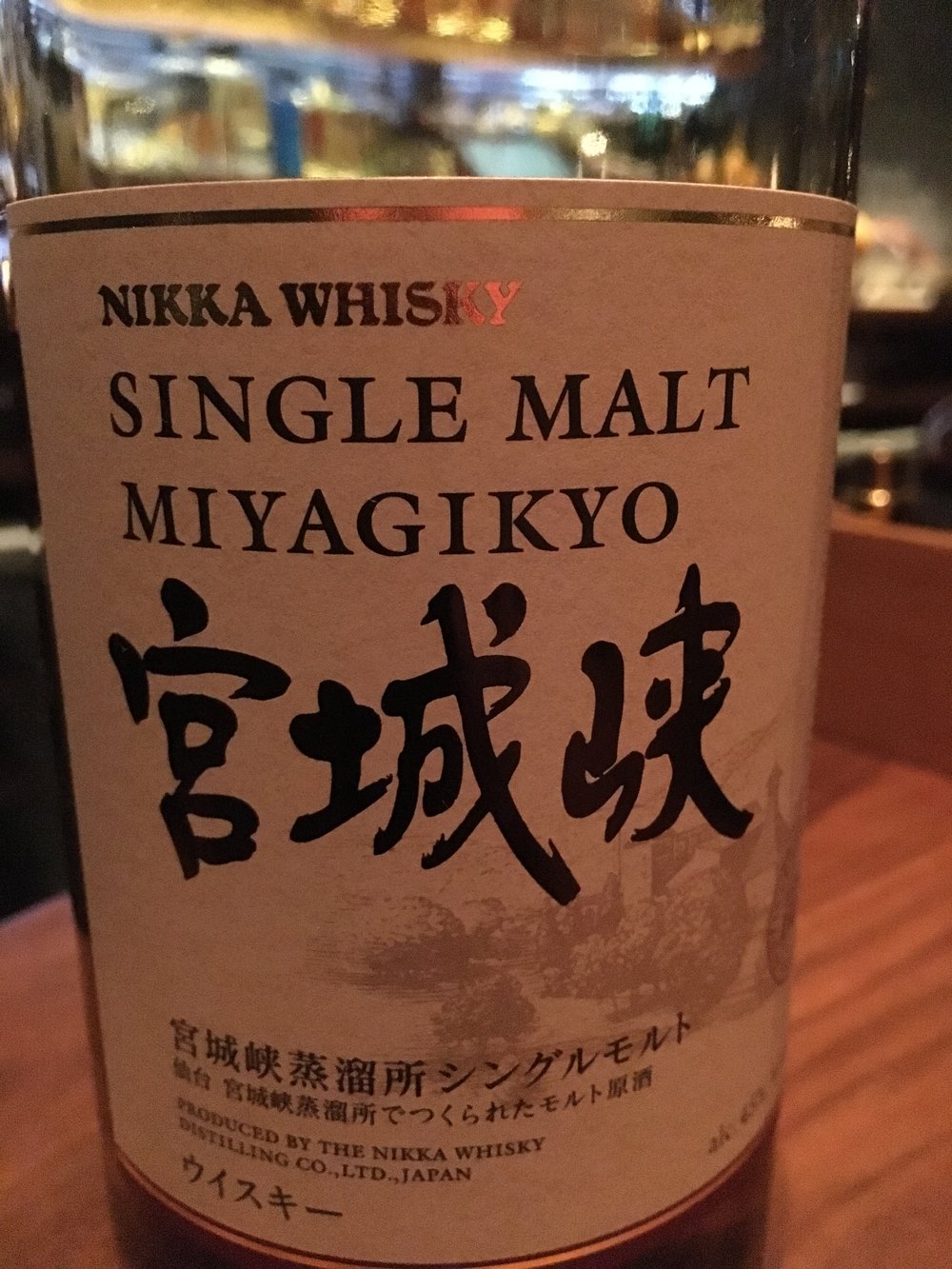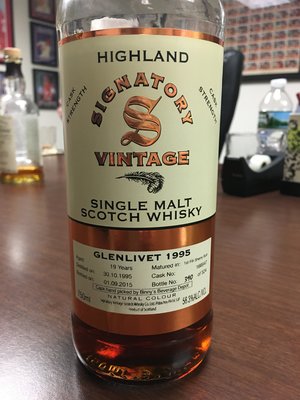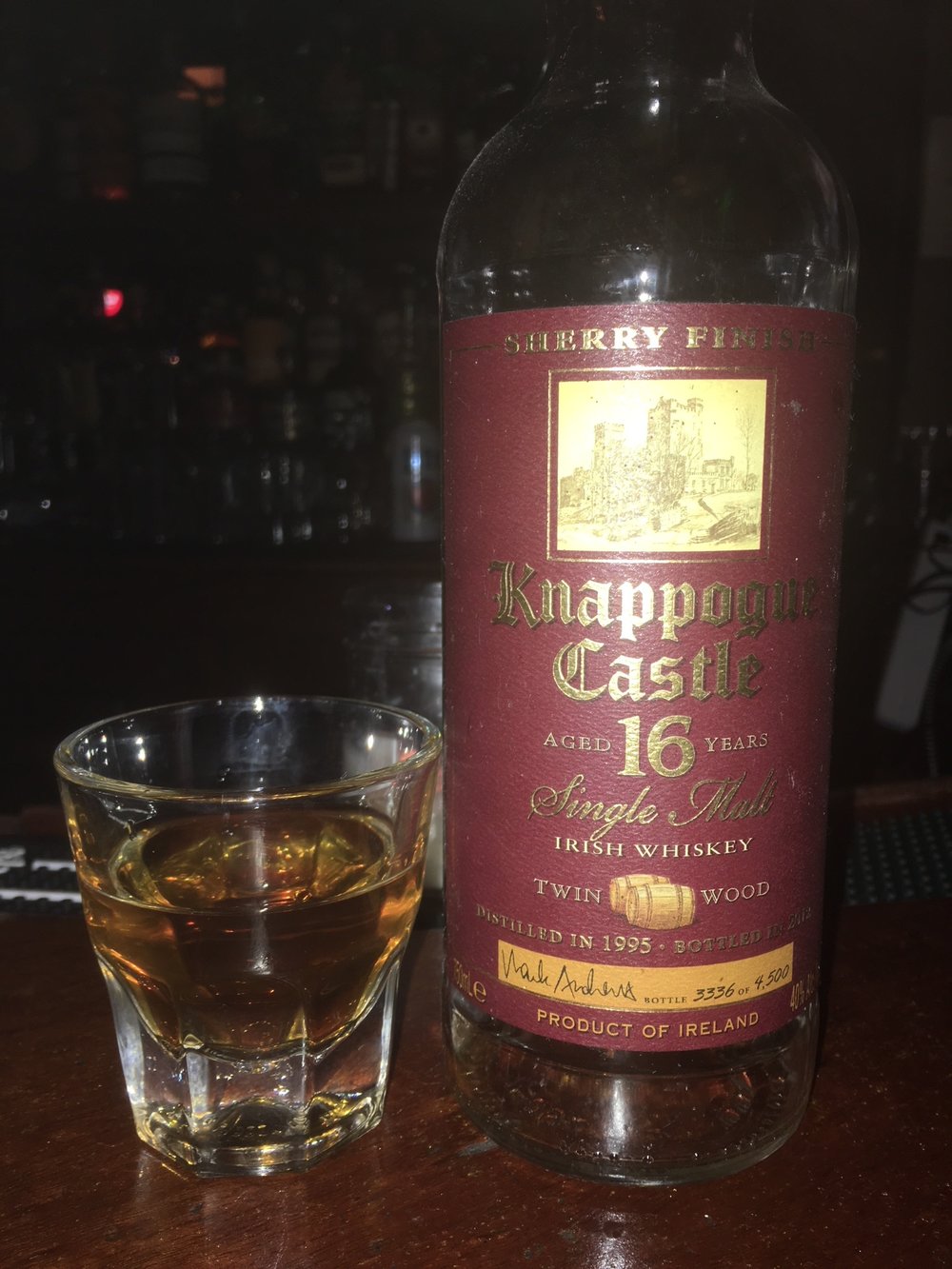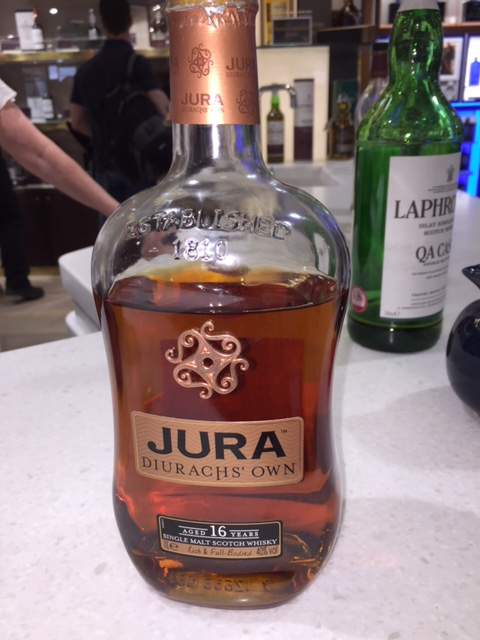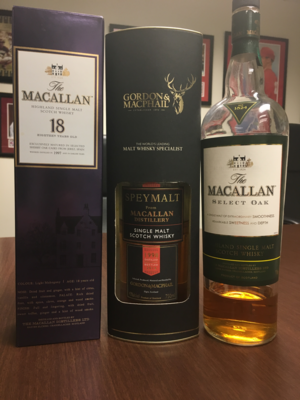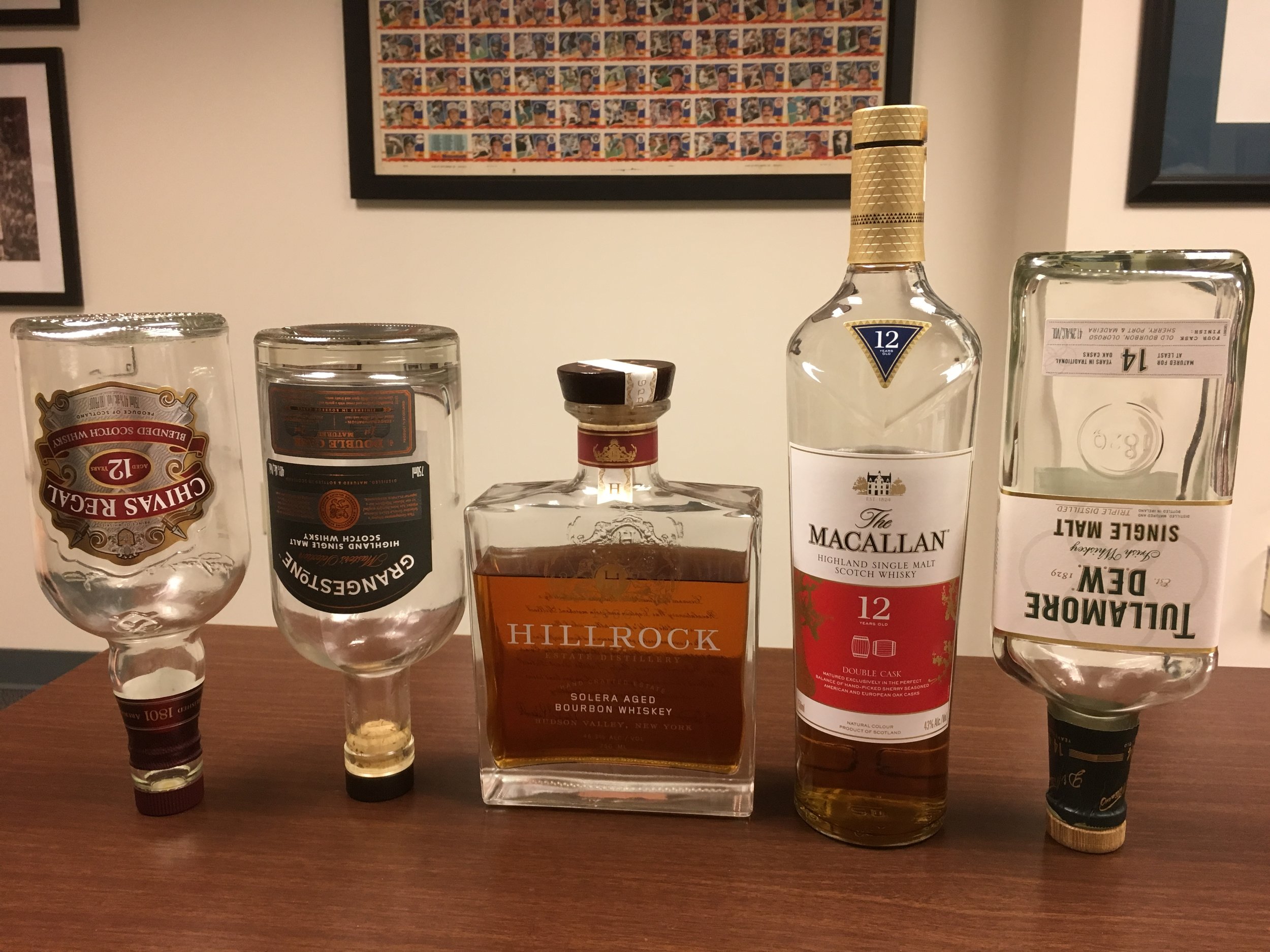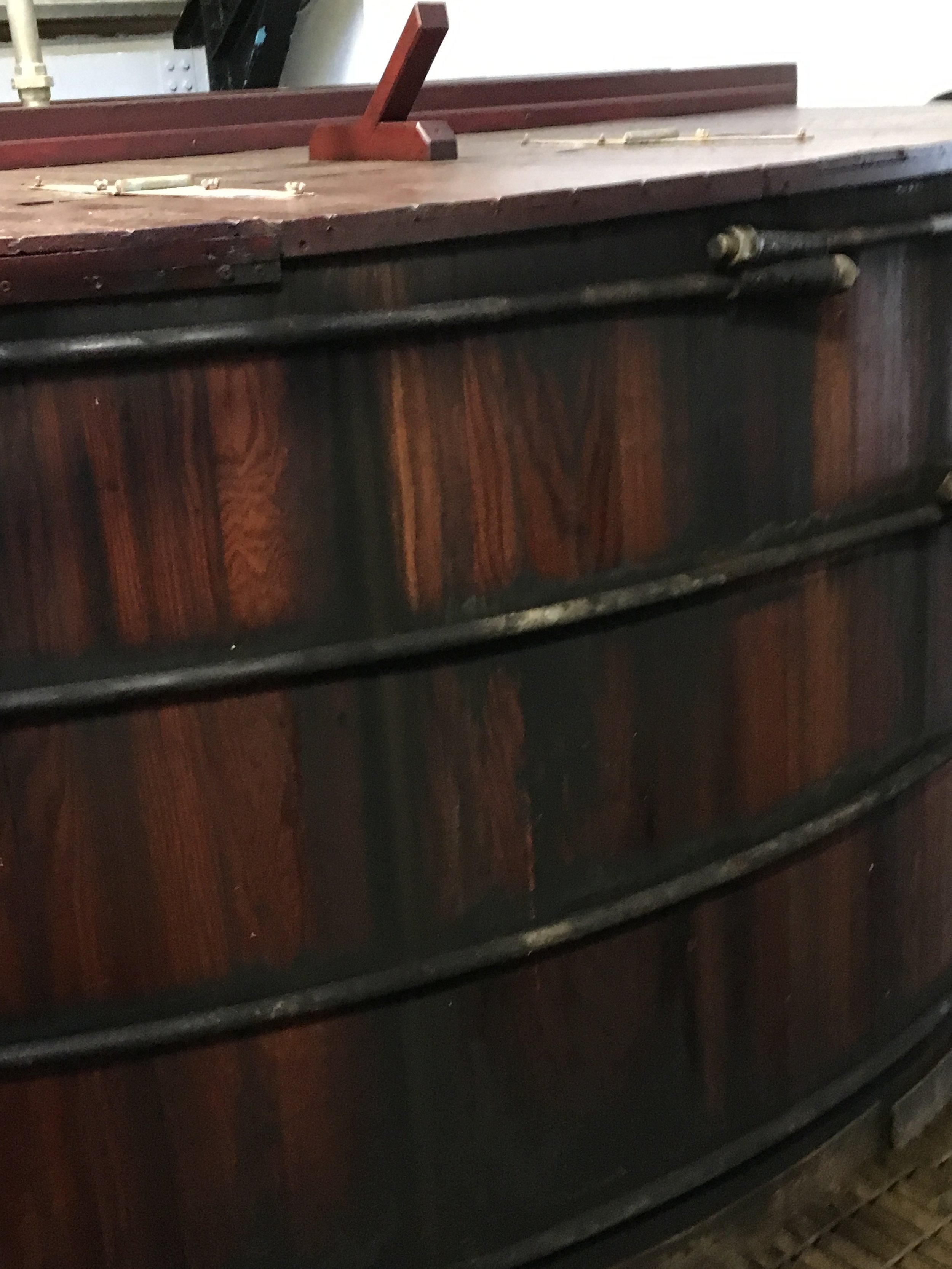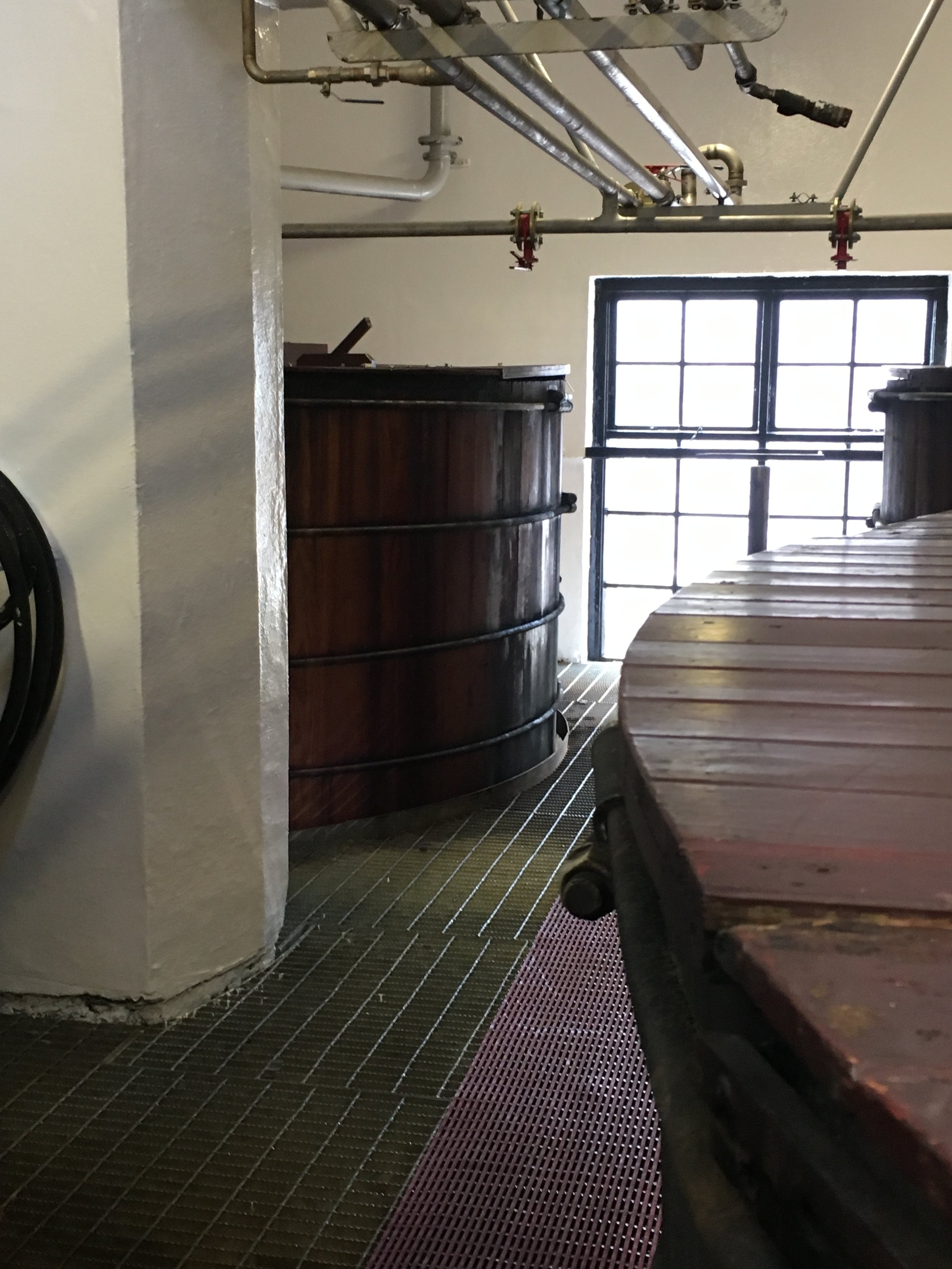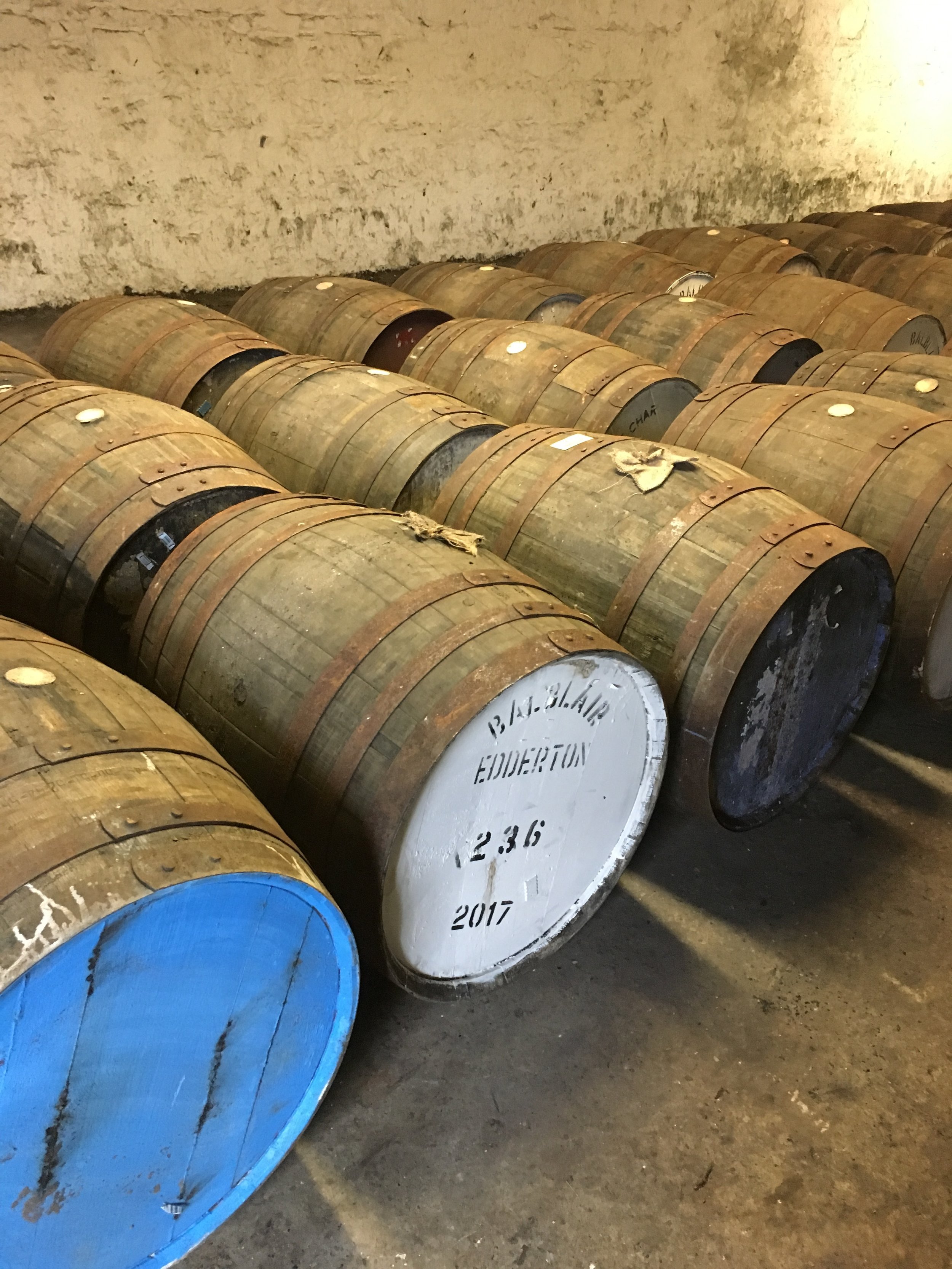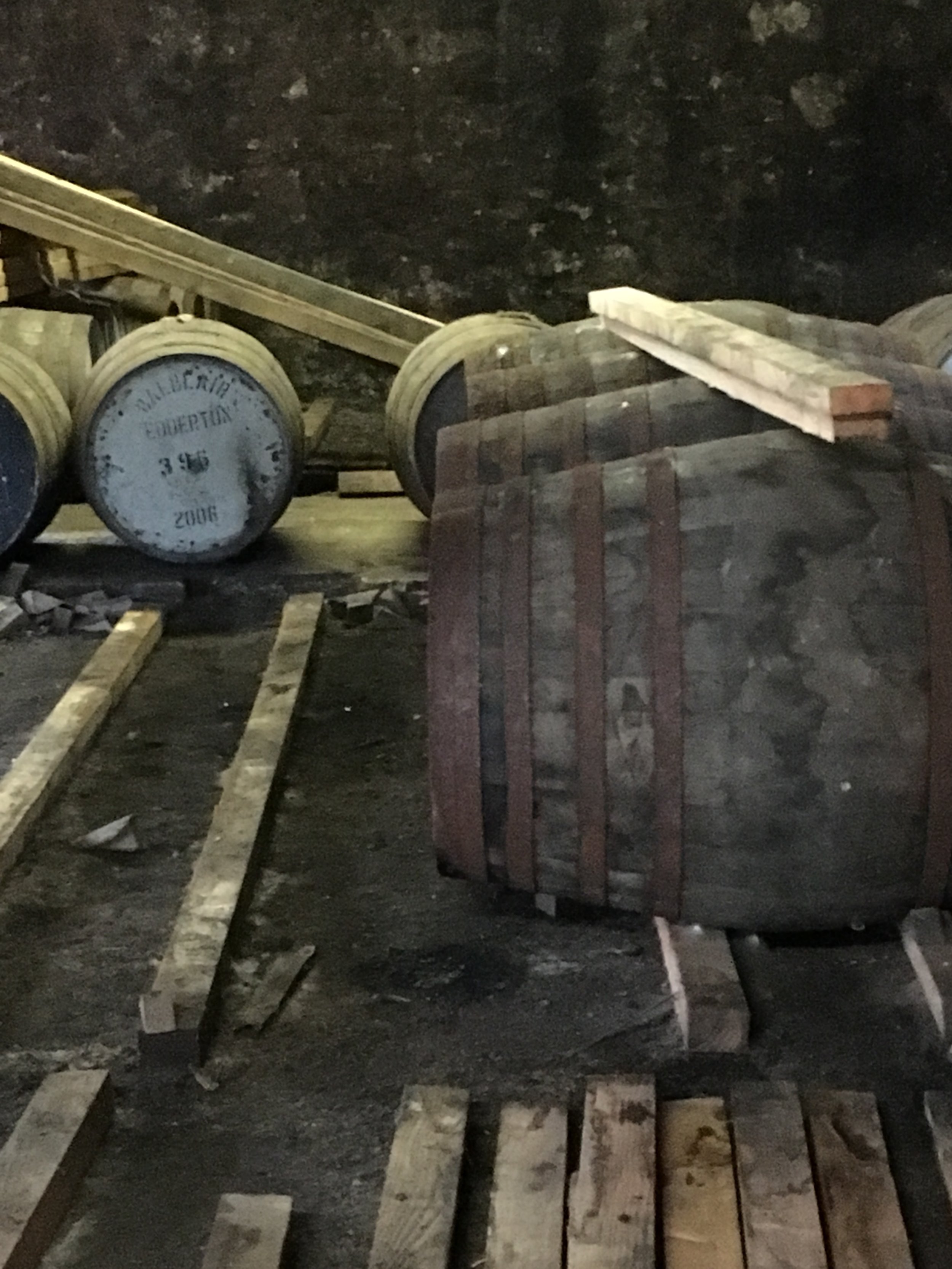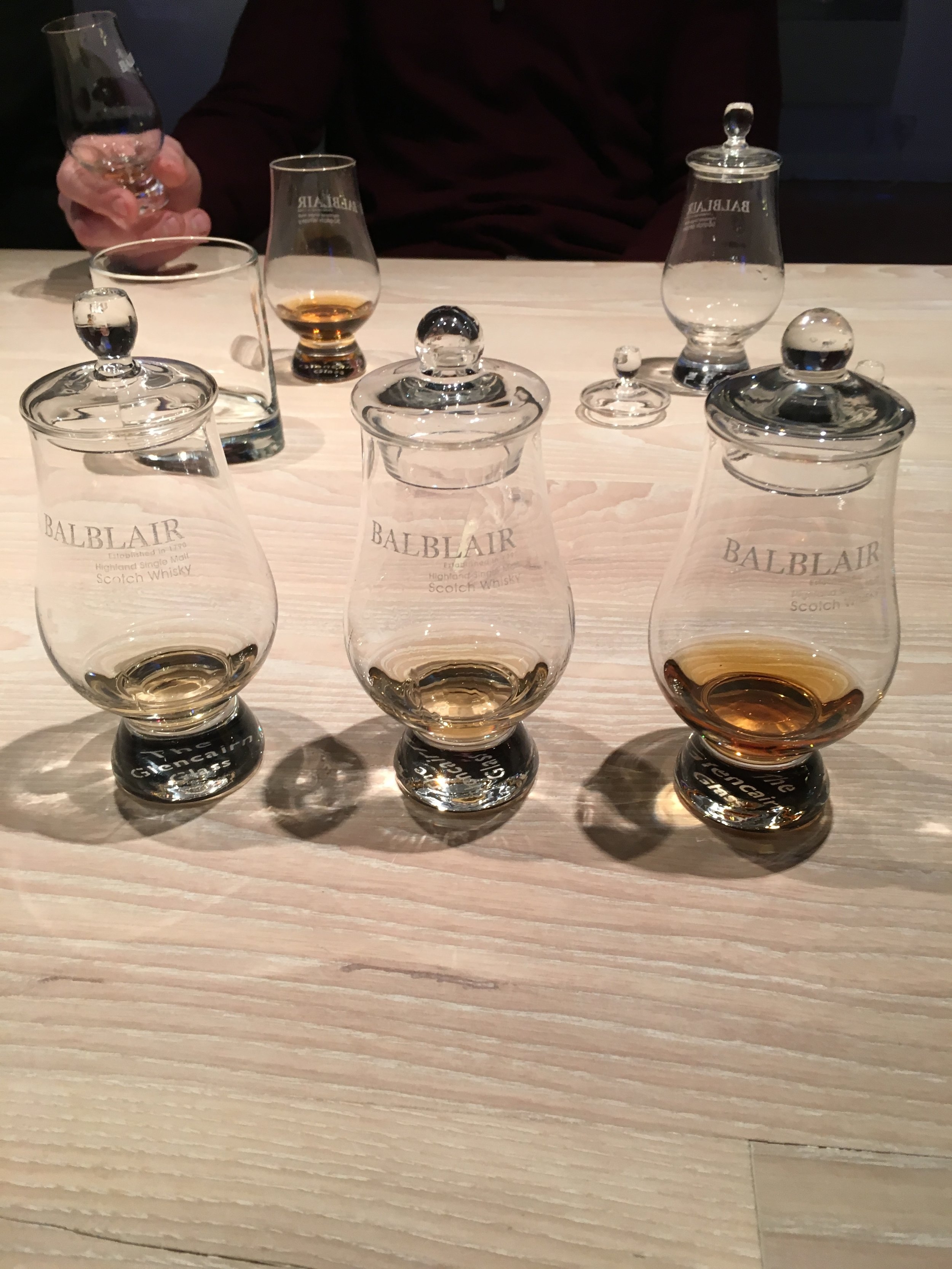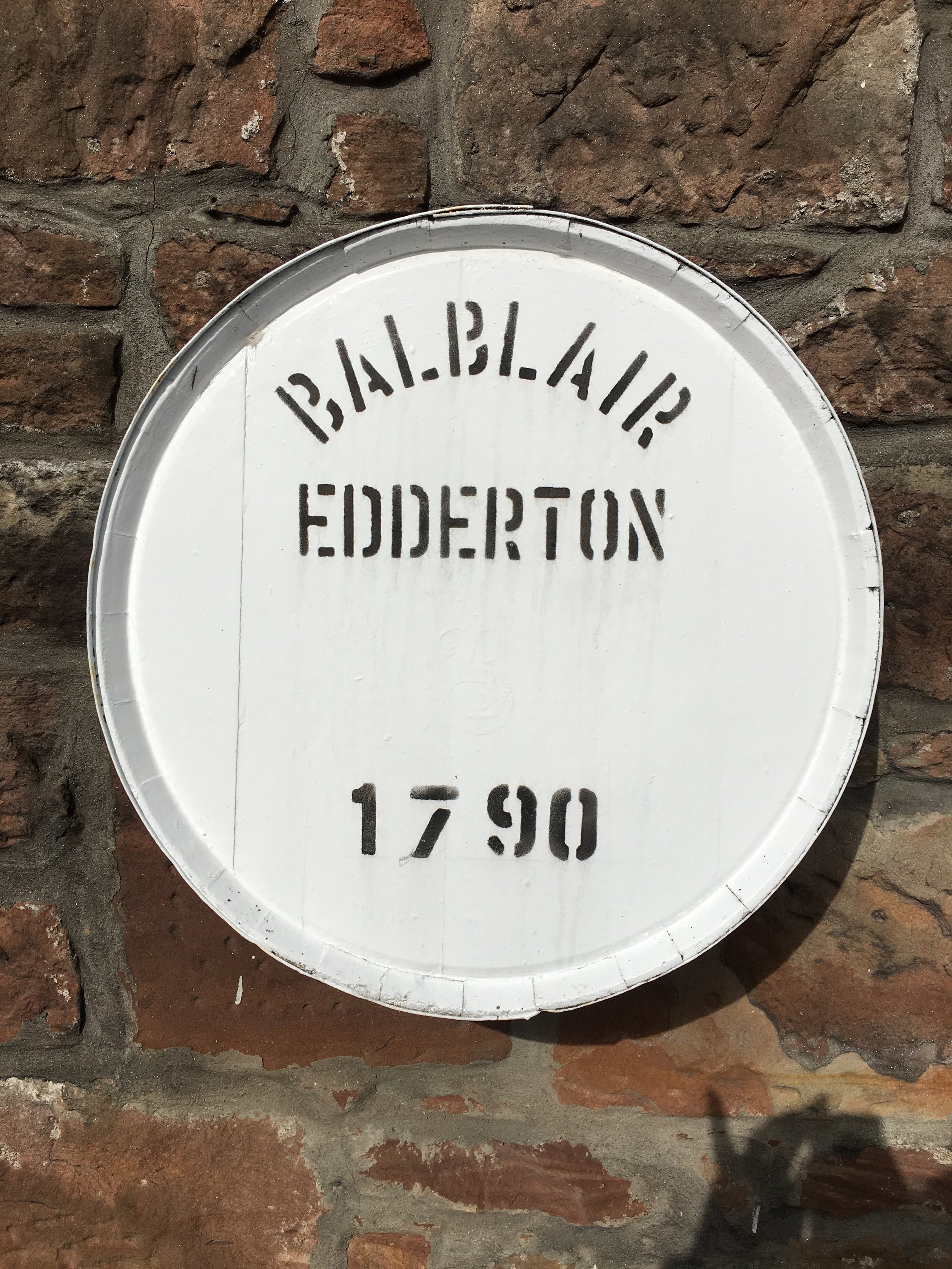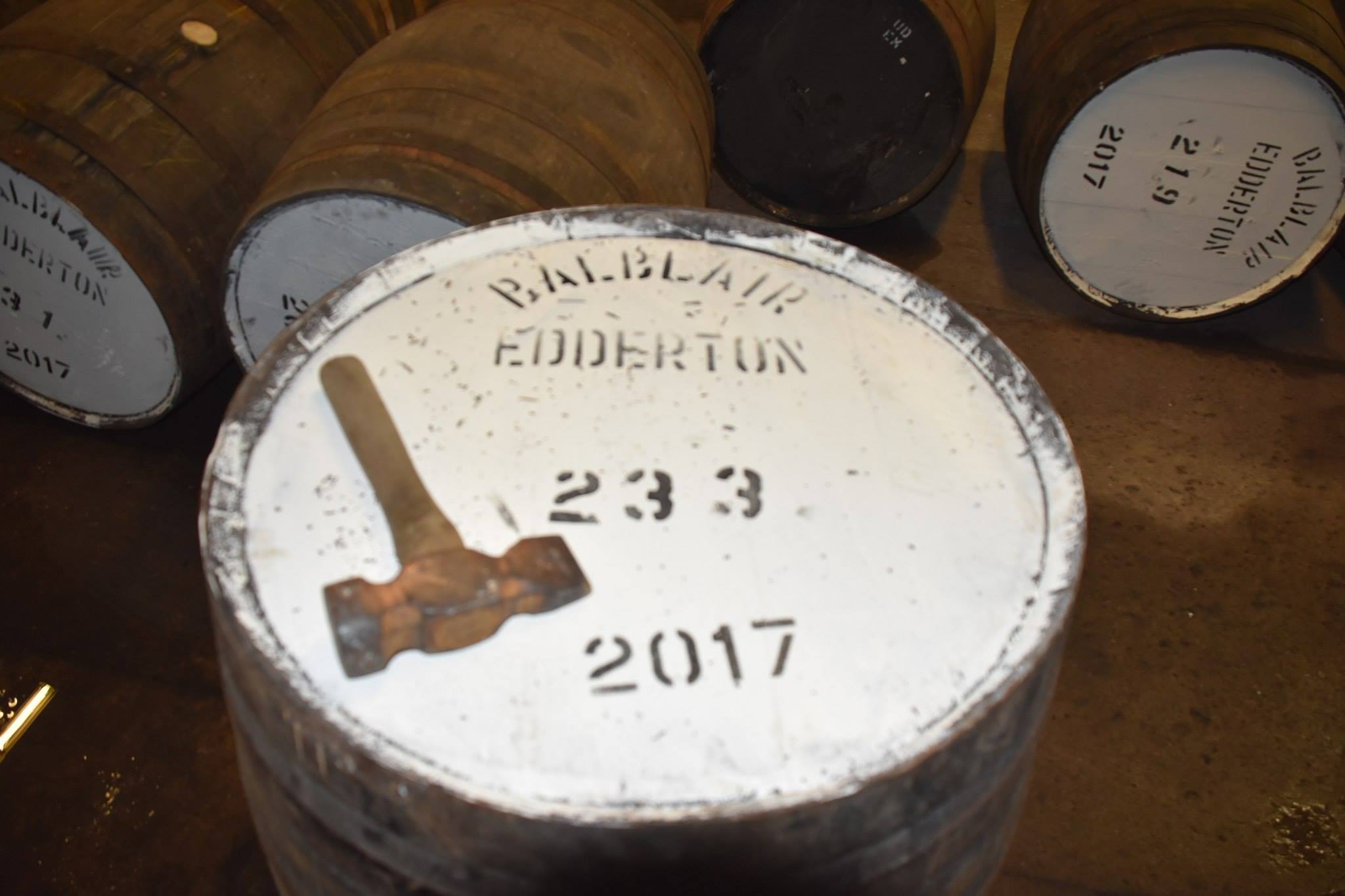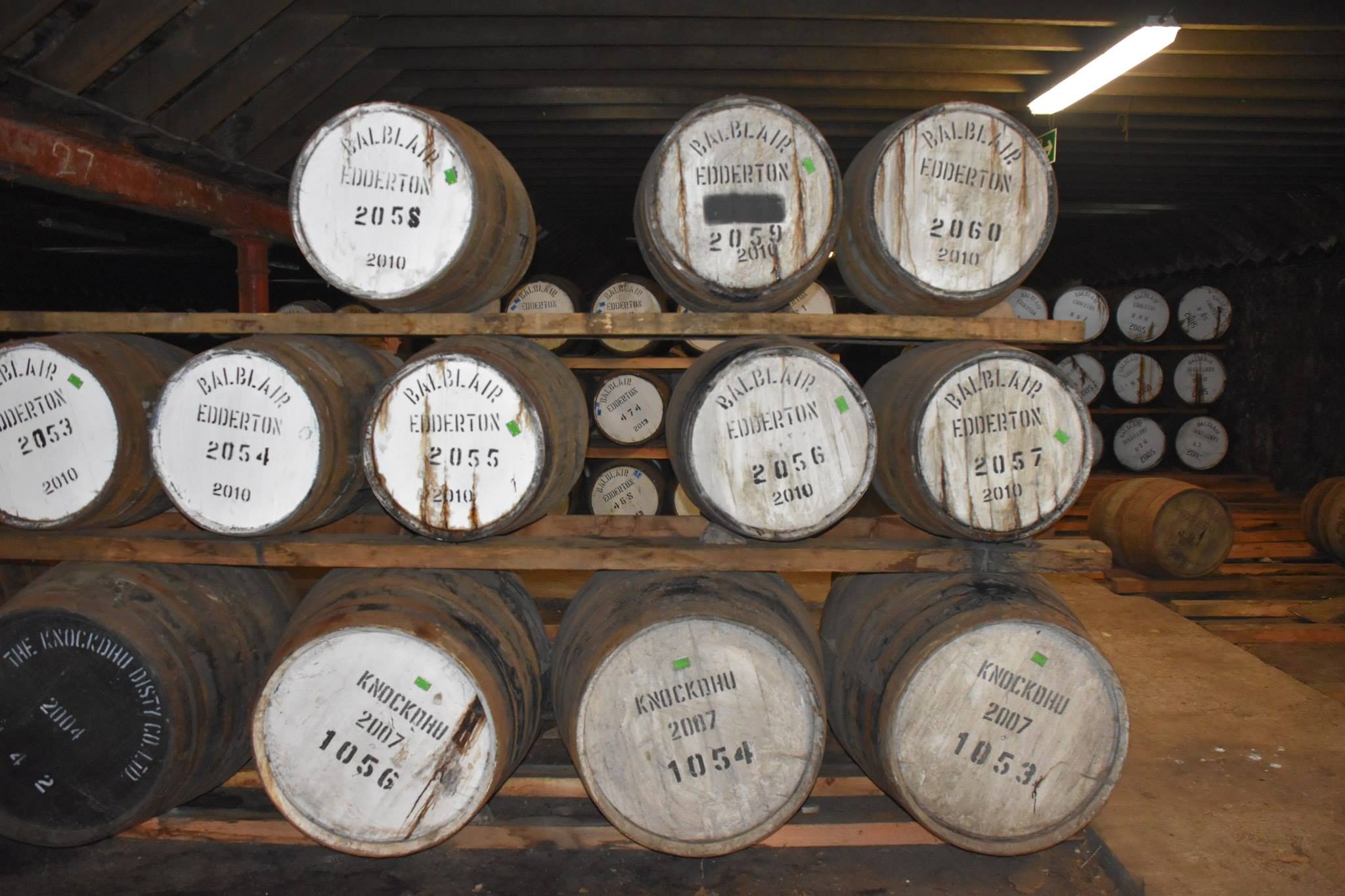SMWS 93.112 Glen Scotia Distillery
/SMWS 93.112 Glen Scotia Distillery
As some may know, my wife, Juliet, manages the Jeffrey Scott Whisky website and social media, with my contributions being more of the firsthand content, distillery and tasting experiences and tasting notes. It came as no surprise to me that Juliet recently told me I need to write about a whisky other than a Glen Scotia. That sage advice will need to wait as a bottle I didn’t at first know was a Glen Scotia crossed my path.
The tiny Glen Scotia distillery is on the ‘far side’ of Campbeltown, about a short half mile walk to Springbank and the rest of the Mitchell empire in the biggest city in the region, which is naught more than a small town trying to recover from the desolation that followed the end of the whisky heydays of the Victorian era. Sitting along the southeastern tip of the Kintyre Peninsula, Campbeltown hosts three distilleries, but only Glen Scotia is not a Mitchell property. Apart from the Springbank and Glengoyle (Kilkerran) distilleries, the J and A Mitchell Co owns the Cadenhead’s shops and independent bottling labels for malts and blends, and their shop in Campbeltown is one of the greatest places on Earth.
The visitor center at Glen Scotia is small and humble, but quite cozy and comfortable, especially when hosted by Rosie, who manages the front end for tastings as well as the small shop which offers more incredible one of a kind and special release whiskies than it does distillery swag.
I first began drinking Glen Scotia around 2010, as a Campbeltown alternative when Springbank was in its price ascent. The availability of Glen Scotia in NJ was limited, but it was quite nice when it would be found. As time went on, the Double Cask was widely available and inexpensive, as were some of the single malts, notably the 15 years matured, and I was trying lots of Glen Scotia expressions the wife was bringing home from Duty Free shops in the UK. I just liked everything I tasted (until recently, when I found the private cask for The Ardshiel Hotel in 2019 just too young, feeling it would’ve benefitted from 1-2 more years of maturing). The straight new make distillate at Glen Scotia is fruitier than Springbank, but they are both brilliant and do so many varied things with their maturing spirits.
The gentle flavor of malted barley cereal is an underlying constant with Glen Scotia, a pleasant backbone among the expressions they produce at the two still distillery with warehouses on site and remotely, and which are put out typically at well matured ages by independent bottlers, of which there are many available throughout fine whisky boutiques worldwide.
This Glen Scotia distillate entry from The Scotch Malt Whisky Society is Release 93-112, which was distilled on 20 February 2004 and matured 14 years in a refill hogshead/ex bourbon barrel that yielded 269 bottles and is labeled “Sweet and Grubby.” The SMWS label is a classic: “A sweet and grubby combination-oily rags, ship‘s engine room, tar and oak, balanced by puff candy, maple syrup and salted caramel fudge.”
The color Is a very deep gold bordering on amber.
The nose is a bit hot, being bottled at 53.7% ABV. Alcohol yields to cereal notes, with tarry and botanical aromas present.
To the palate, there is warmth as the alcohol leaves, followed by breakfast cereal or cookie (biscuit) sweetness, a hint of tropical fruit that doesn’t endure, light oak tannin, and a hint of an earthy minerality I cannot ascribe to as tar, though I believe I understand what the SMWS panel was appreciating.
Adding water brings down the ethanol on the nose and palate, eliciting flavors and aromas of tropical fruit, fresh pineapple and lemon zest, vanilla extract and a botanical essence that I find in Glen Scotia distillates that are akin to juniper and apple combined. These bright flavors and aromas go hand in hand with what I am guessing is the light northeastern Scottish peat dried malt Glen Scotia uses for a limited amount of its distillate, which I believe contributes to the very gently smoky, briny, coastal feel and flavor of this particular whisky. Sweet and savory compete in the mouth for dominance, and what you experience when tasting it can be dependent upon so many factors, such as when it is being tasted, what one has eaten or drank, one’s level of hydration, etc.
The finish is reasonably long and dry, with pleasant reminders of oak tannins alongside the fruity sweetness and malt cereal. I acknowledge that the bottle has improved flavor-wise since the bottle was first opened. If you can find this whisky, taste it!






